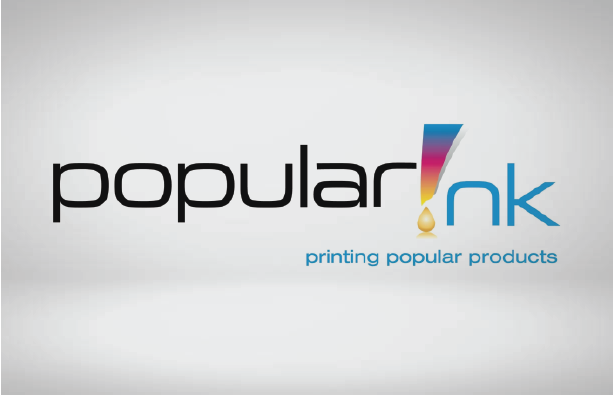Picture this: you’ve worked hard to design your product packaging and it’s about to reach consumers. Only, the clear flexible film you chose turned yellow before reaching retail shelves. This can spell disaster for your sales, especially because 72% of American consumers report being influenced by a product’s packaging design. How can you ensure your packaging stays pristine and ready to grab consumer attention? Understanding the causes of yellowed packaging and taking proactive steps — like using UV-resistant poly bags — is the solution.
What Causes Yellowing of Flexible Packaging?
Ultra-Violet and Visible Light
Many plastics, especially those made of polymers like polyethylene (PE) and polypropylene (PP), are sensitive to UV light. The high energy of UV light can break the chemical bonds in plastic, which may lead them to form free radicals. These highly reactive molecules have unpaired electrons, which can then react with oxygen in the air, leading to oxidation. This is what forms the yellow compounds.
UV light is the primary driver of oxidation, but visible light can also contribute over time. Visible light is much less energetic than UV light, which makes the degradation slower. However, yellowing can still occur, especially if combined with other factors like heat and humidity.
Ozone
Ozone causes yellowing in plastic packaging through a process called ozone degradation, where ozone molecules react with the plastic’s polymer chains. Ozone is highly reactive, especially with unsaturated bonds in plastics. It can break these bonds, which leads to the formation of free radicals. The radicals trigger further oxidation, which then causes the yellowing effect.
Heat
When plastics are exposed to high temperatures, it accelerates a process called thermal degradation. Heat can cause the polymer chains in the plastic to break down or rearrange, which also leads to the formation of free radicals. As noted above, the free radicals interact with the oxygen in the air, causing yellowing.
How to Prevent Yellowing of Clear Flexible Packaging
So, how do you prevent your packaging from becoming yellow? There are a few different options you can consider.
Antioxidants can protect the clear film from the heat of extrusion while it’s being produced. However, they will not necessarily protect the material from oxidation during periods of storage and exposure. Adding in antioxidants can give your packaging an extra layer of protection and help maximize your ROI.
Requesting UV-resistant bags is also an option. After the packaging is produced, the sterically hindered phenol antioxidants react to UV more than other shorter-term antioxidant additives. In these cases, you can request special UVA and UVI inhibitors or hindered amine HALS stabilizer packages to prevent yellowing when exposed to light. However, it’s important to note that stabilizer packages of any sort are eventually consumed or migrate to the surface. The polymer then has lost its protection and the deterioration may proceed rapidly when exposed to atmospheric factors.
You can also take steps to ensure that you’re storing your packaging safely. While cardboard itself doesn’t directly cause yellowing, it can contribute to conditions (moisture, acidity, lack of UV protection) that accelerate the degradation of plastic packaging, which can lead to discoloration. Using protective liners or proper storage conditions can help minimize this risk.
Work with PPC Flex for High-Quality UV-Resistant Poly Bags, and More
If you’re in need of packaging that resists yellowing, turn to the PPC Flex team. With decades of experience, we can design, manufacture, and ship the perfect pouch for your application. We’ve created packaging for a range of businesses, and we’re ready to do the same for you.
When you work with PPC Flex, you get a team of packaging experts who are dedicated to your success. Our agile and experienced approach leverages experienced industry leaders who manage complexity so you don’t have to. We combine nimble systems, a passionate team, and leading-edge innovations for packaging services that scale as you do.
What’s more, we complete all of our projects with sustainability in mind. Driven by a desire to preserve a healthy environment for future generations, we make it a top priority to set a cleaner, greener standard for the packaging industry. We offer sustainable materials like HPR, EarthFirst PLA, Tipa, NatureFlex, and more to reduce the carbon footprint of our customers. Additionally, our laser anilox cleaner and regenerative thermal oxidizer reduce energy consumption and destroy volatile organic compounds that might be created during the manufacturing process.
Lastly, we maintain ISO cleanrooms for any sensitive applications. Trust us to deliver high-quality products that exceed your expectations, every time.
Contact Us Today
Want to learn more about what we can do for you? Reach out to our team with questions.
